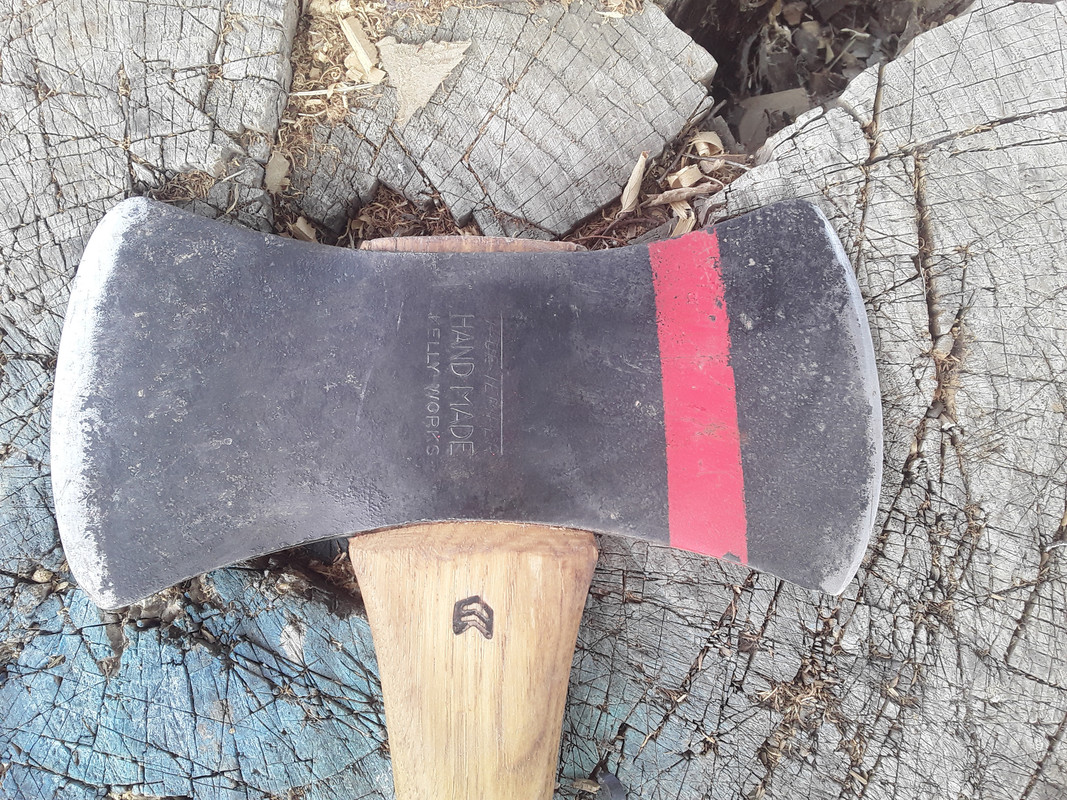I've gotten heavily into American axes and can't find ANYTHING about their design.
I wrote to the Yesteryears tools guy, then discovered he's been dead for 8 years.
Anyone have actual historical info on why, let's say, the small coastal states on the Atlantic are so close together, yet all have specific patterns?
Which patterns are older, and which newer? I've seen 18 century American axes, and they have lugs. We can assume Carolina patterns, Kentucky, Rockaway, are possibly older designs than the rest of the standardized patterns.
I'm after specific information and sources, not "that's the timber they were cutting" - tree species overlap across the East of the US. Even though there's generally more hardwoods the further south you go, and southern hardwood patterns tend to be broader, you can find pine, oak, hickory, all across ... Michigan for example had hardwoods in the south and pine in the North. The Michigan pattern I read had rounded corners due to the fact that in the North of Michigan they were cutting large white pine, which would be frozen in the winter.
Any information like this and sources on the origin of various US axe patterns would be most welcome. And good logic would be just as welcome.
I wrote to the Yesteryears tools guy, then discovered he's been dead for 8 years.
Anyone have actual historical info on why, let's say, the small coastal states on the Atlantic are so close together, yet all have specific patterns?
Which patterns are older, and which newer? I've seen 18 century American axes, and they have lugs. We can assume Carolina patterns, Kentucky, Rockaway, are possibly older designs than the rest of the standardized patterns.
I'm after specific information and sources, not "that's the timber they were cutting" - tree species overlap across the East of the US. Even though there's generally more hardwoods the further south you go, and southern hardwood patterns tend to be broader, you can find pine, oak, hickory, all across ... Michigan for example had hardwoods in the south and pine in the North. The Michigan pattern I read had rounded corners due to the fact that in the North of Michigan they were cutting large white pine, which would be frozen in the winter.
Any information like this and sources on the origin of various US axe patterns would be most welcome. And good logic would be just as welcome.
Last edited:

